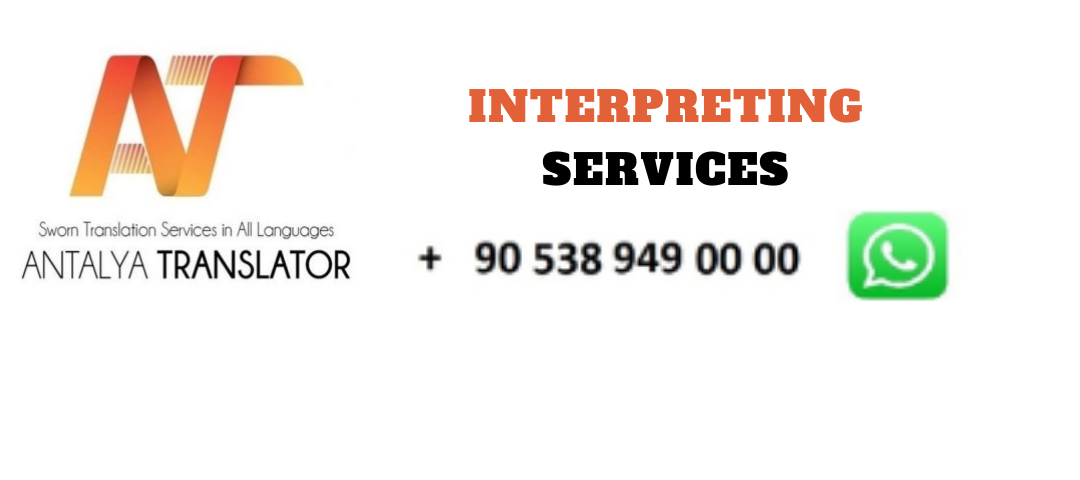
Interactive Translation
September 11, 2023
Technical Translation: Expertise in every field from engineering to medicine and science
September 11, 2023Communication across the world has become a phenomenon that crosses borders. From the business world to social events, effective communication between people speaking different languages is very important. This is where interpreting comes into play. In this article, we will look at what interpreting is, how it works, and examples of its use in everyday life and the business world.
What is Interpreting?
Interpreting is the process of instantly translating speech in one language into another. It is often used in situations that require instant communication, such as live events, meetings, seminars, conferences, interviews or court hearings. Interpreters understand the source language and express it accurately in the target language.
How does it work?
Interpreters generally use two different methods:
- Simultaneous Interpreting: In this method, interpreters speak at the same time as the speaker. They usually use headphones and a microphone. For example, at an international conference, the audience listens to the interpreter’s voice to understand what is being said in different languages.
- Semi-Simultaneous Interpreting (Interpolation): In this method, interpreters do not speak at the same time as the speaker, but provide the translation with a short delay. This is used especially in television broadcasts or at large events.
Why is Interpreting Necessary?
Interpreting is necessary in many important areas:
- International Business Relations: Businesses need interpreting services when co-operating between different countries. For example, if participants in a business meeting speak different languages, an interpreter can facilitate co-operation.
- Healthcare: In healthcare, there may be language barriers between patient and doctor. In emergency situations, the patient needs to be informed and a healthcare interpreter facilitates this communication.
- Legal Field: In court hearings or legal negotiations, an interpreter may be necessary if the parties speak different languages.
Examples of Interpreting
– At an international conference, a scientist gives a presentation in his or her own language and the participants watch the presentation in different languages. Simultaneous interpreters ensure that each participant understands the presentation in their own language.
– At a business meeting, a Japanese company and a German company are considering co-operation. Interpreters help them to understand the language of both parties during business negotiations.
– A tourist guide, while giving city tours to tourists from different countries, realises that tourists speak in different languages. The guide works with interpreters to ensure that the tourists understand comfortably.
Conclusion
Interpreting is a powerful tool that facilitates communication between the world’s languages. It is used in many fields, from business to healthcare to tourism. Interpreting services help people speaking different languages to communicate effectively and are a fundamental requirement for global co-operation.

